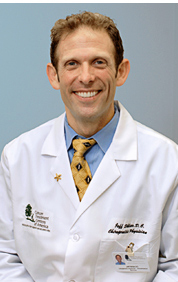An Integrated Approach to Chronic Pain
An Integrated Approach to Chronic Pain
SOURCE: Dynamic Chiropractic ~ May 2017
By Peter W. Crownfield, Executive Editor
| A Rhode Island Medicaid pilot program is yielding significant benefits and savings. |
Findings from a unique Medicaid pilot project in Rhode Island involving high-use Medicaid recipients from two health plans were recently presented to the state’s Department of Health, [1] demonstrating stellar outcomes with regard to medication use, ER visits, health care costs and patient satisfaction.
Since 2012, Rhode Island Medicaid “Community of Care” enrollees suffering from chronic pain have participated in an integrated chronic pain program administered by Advanced Medicine Integration. Longtime readers will recall that for nearly two decades, AMI has been coordinating chiropractic and integrated care services in various states to help address the chronic pain epidemic in a community-based, integrated fashion. [2-3]
AMI’s integrated chronic pain program is designed to “reduce pain levels, improve function and overall health outcomes, reduce emergency room costs, and through a holistic approach and behavioral change models, educate members in self-care and accountability.”
The program features holistic nurse case management with referrals to CAM providers including chiropractors, massage therapists and acupuncturists; and patient education including stress-reduction tips and more.
There are more articles like this @ our:

